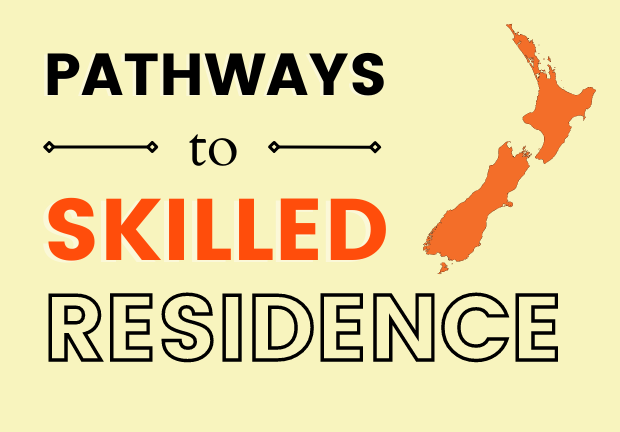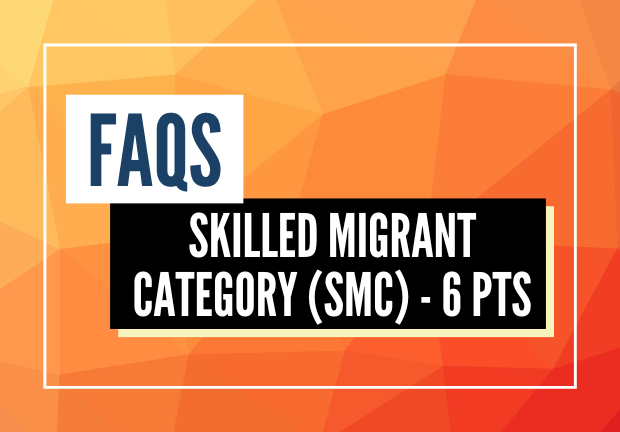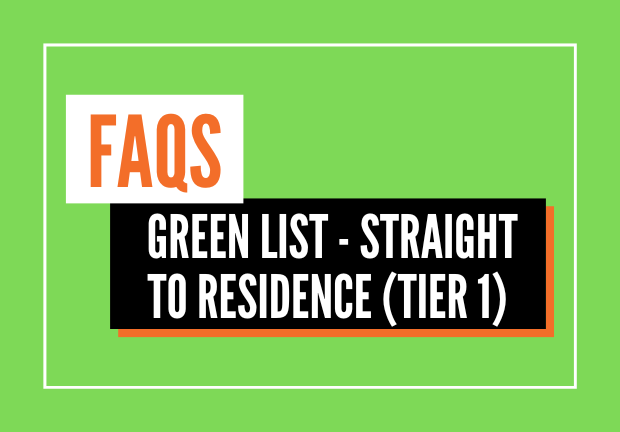FAQs: NZ Residence Pathway for Teachers
17 July 2024New Zealand is projected to face a shortfall of 750 primary and 500 secondary teachers in 2025. Moreover, under the medium scenario, an estimated shortage of 260 primary and 550 secondary teachers is expected in 2026 if these deficits are not addressed (Source: 1News).
In light of this, Primary Teachers, Intermediate Teachers, and Secondary School Teachers were added to Tier 1 of the Green List. Migrants in this role now have a Straight to Residence pathway in New Zealand.
Early childhood education (ECE) teaching roles have already been on Tier 2 of the Green List, which offers 2-year Work to Residence pathway.
This highlights the fact that teaching is an in-demand profession in New Zealand. The Government aims to have a robust framework for hiring and retaining talented overseas teaching professionals. It wants to ensure that students continue to a receive world-class education.
Teachers looking to migrate to New Zealand should go through this list of frequently asked questions to understand what the immigration process entails.
1. Which teaching roles are on the Green List?
The following teaching roles are on the Green List:
Straight to Residence
- Primary School Teacher
- Kaiako Kura Kaupapa Māori (Māori-medium Primary School Teacher)
- Middle School Teacher / Intermediate School Teacher
- Pouako Kura Kaupapa Māori (Māori-medium Primary School Senior Teacher)
- Secondary School Teacher
Work to Residence
- Teacher of English to Speakers of Other Languages
- Teacher of the Hearing Impaired
- Teacher of the Sight Impaired
- Special Needs Teacher
- Special Education Teachers
- Early Childhood (Pre-primary School) Teacher — registered
2. How can I apply for either of the residence pathways?
You must first secure a job offer from an Accredited Employer that meets or exceeds the median wage.
-
For Tier 1 roles (Straight to Residence), you can apply for residence directly once you have the job offer.
-
For Tier 2 roles, you’ll need to first apply for an Accredited Employer Work Visa (AEWV), gain 2 years of relevant work experience, and then apply for residence.
3. Where can I look for job listings for teaching roles?
Vacancies for teaching roles in New Zealand are posted on the Education Gazette.
4. Do I need any New Zealand certifications?
Yes, the requirements for teachers are:
- A registration with the Teaching Council of Aotearoa New Zealand
- A Tōmua Provisional Practising Certificate issued by the Teaching Council of Aotearoa New Zealand
You will need to apply for and receive these documents before you can apply for an AEWV.
Although you don’t need a job offer as a teacher to obtain registration, having registration alone doesn’t allow you to lawfully work as a teacher. The practising certificate enables you to be employed in a teaching role.
5. Is my overseas teaching qualification enough to apply for registration?
Yes, if it is listed on the Pre-Approved Overseas Teaching Qualification List.
6. What if my overseas teaching qualification is not on the Pre-Approved Overseas Teaching Qualification List?
If your overseas teaching qualification is not on the Pre-Approved Overseas Teaching Qualification List, you will need to apply for an International Qualification Assessment (IQA) with the New Zealand Qualifications Authority (NZQA).
7. Do I need to provide proof of English proficiency?
Yes, you need to provide evidence of competency in English. This can be done either through your academic qualification or an English proficiency test (e.g., IELTS, PTE). Find the full list of acceptable qualifications and test scores here.
8. Are there any other requirements I need to meet?
Yes, you will also need to meet health and character requirements as part of your application.
9. Does New Zealand provide any financial aid for teachers looking to migrate there?
Yes, the Ministry of Education offers an Overseas Relocation Grant which covers relocation costs of up to NZ$10,000. To be eligible for this grant, you need to start your teaching role between 1 July to 30 June of each calendar year.
New Zealand is understandably taking proactive measures to meet its shortage of teaching staff. The country seeks to attract and retain qualified secondary, primary, and early childhood teaching professionals. If you want to kickstart your teaching career in New Zealand, it is crucial to first understand the requirements of the teaching pathway you opt for.
Ensuring you secure appropriate documentation and meet all the visa requirements can be a complex process. A licensed immigration adviser can expertly guide you through every stage of the journey, giving you a stress-free experience. Talk to us today to get started.




